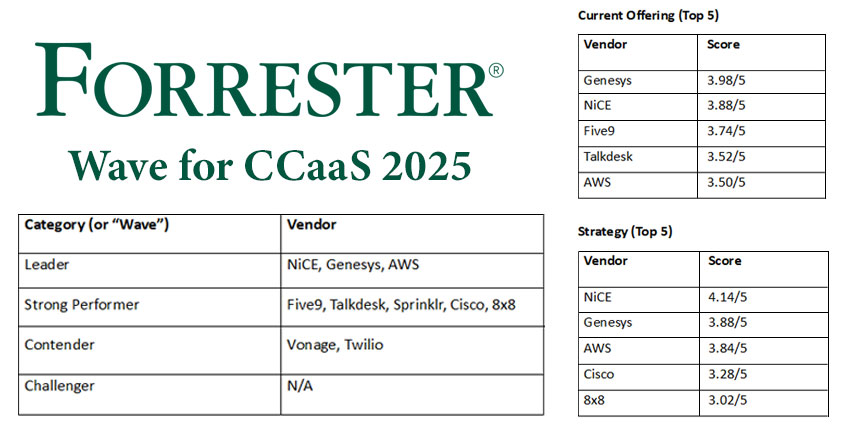As wait times increase and customers become increasingly impatient, the importance of monitoring and managing average speed to answer (ASA) rises.
Most contact centers can track the metric through their ACD systems. Yet, it’s helpful to understand how the metric works to optimize ASA rates.
As such, the following definition and formula may prove helpful.
What Is Average Speed to Answer (ASA)? Definition and Formula
Average speed to answer – also called average speed to answer – is the average time it takes an agent – or a team of agents – to pick up the phone after the call routes through to them.
A common misconception is that ASA and queue time are identical.
In actuality, queue time starts as soon as the customer completes the IVR process and ends when the phone begins to ring.
ASA starts when the phone begins to ring and ends when the agent picks up.
Wait time combines both.
Typically, ASA rates are lower than queue time. Indeed, the contact center standard – across all industries – for ASA is seven seconds, according to a 2020 Talkdesk report.
Here is the formula to calculate ASA:
Average Speed to Answer = Total Time Interval Faced by Customers In a Day Before Getting a Response ÷ Total Number of Customers That Day
High ASA rates imply that the contact center is perhaps not giving agents enough wrap-up time to complete their after call work (ACW) from the previous interaction.
Alternatively, it may show that the agent is attempting to give themselves a longer break between calls. If this is the case, check their occupancy rate. If it’s above 85 percent, the contact center is likely working them too hard. Doing so may lead to attrition or burnout.
An ASA rate of below seven seconds, however, suggests that the service operation is running much more smoothly.
Yet, it is best practice to calculate ASA at regular intervals, monitor the daily average, and make sure it doesn’t dip below a healthy threshold.
If it does, consider the causes and be wary about how a high ASA may negatively influence call abandon rates.
3 Ways to Improve Average Speed to Answer
There are several ways to bring down your ASA and ensure that customers receive quick service:
1. Give Agents Enough Time to Complete Their After Call Work (ACW)
Sometimes, contact centers set a time limit for agents to complete their ACW. This involves writing call summaries, updating systems, and completing follow-up tasks after a call.
Once this is over, they automatically become available to handle another conversation.
Yet, if the agent hasn’t finished, they may continue while the next phone call rings. As a result, ASA rates increase, and the agent comes under lots of stress.
As a result, contact centers must consider whether their time limit is reasonable and perhaps offer a helping hand by automating the call summarization process.
Many contact center vendors now offer speech analytics tools that can help here.
2. Actively Manage Occupancy
Occupancy is the percentage of time a contact center spends – while available to handle calls – working on a customer case.
Contact centers often like to keep this high to increase cost efficiency. Yet, anything above 85 percent will typically lead to burnout.
Managers and resource planners should actively check this metric. Because, if it is too high, agents will likely take longer to answer the phone – craving the opportunity to take a breather.
3. Consider the Outliers
Even when a contact center manages occupancy, some agents will try and give themselves a longer break between calls by letting the phone ring for a lengthy period.
As such, contact centers often calculate ASA at the individual level – alongside the team level. Doing so helps supervisors spot agents taking excessive time to pick up the phone.
With this information, the supervisor may engage with the agent to find out why. They may then offer the support that will help the agent lower their speed of answer.
Uncover more excellent advice for managing a customer service team by reading our article: Turning Contact Centre Agents into Super-Agents







